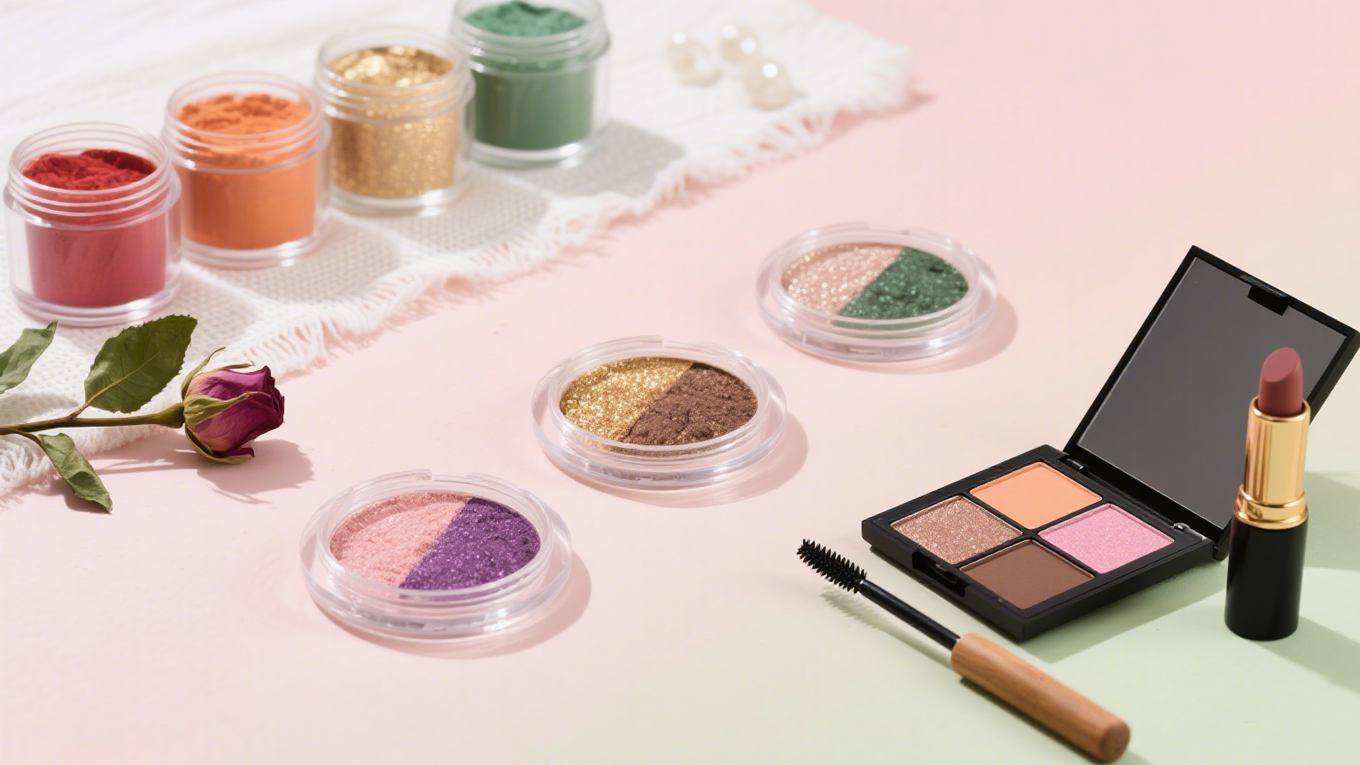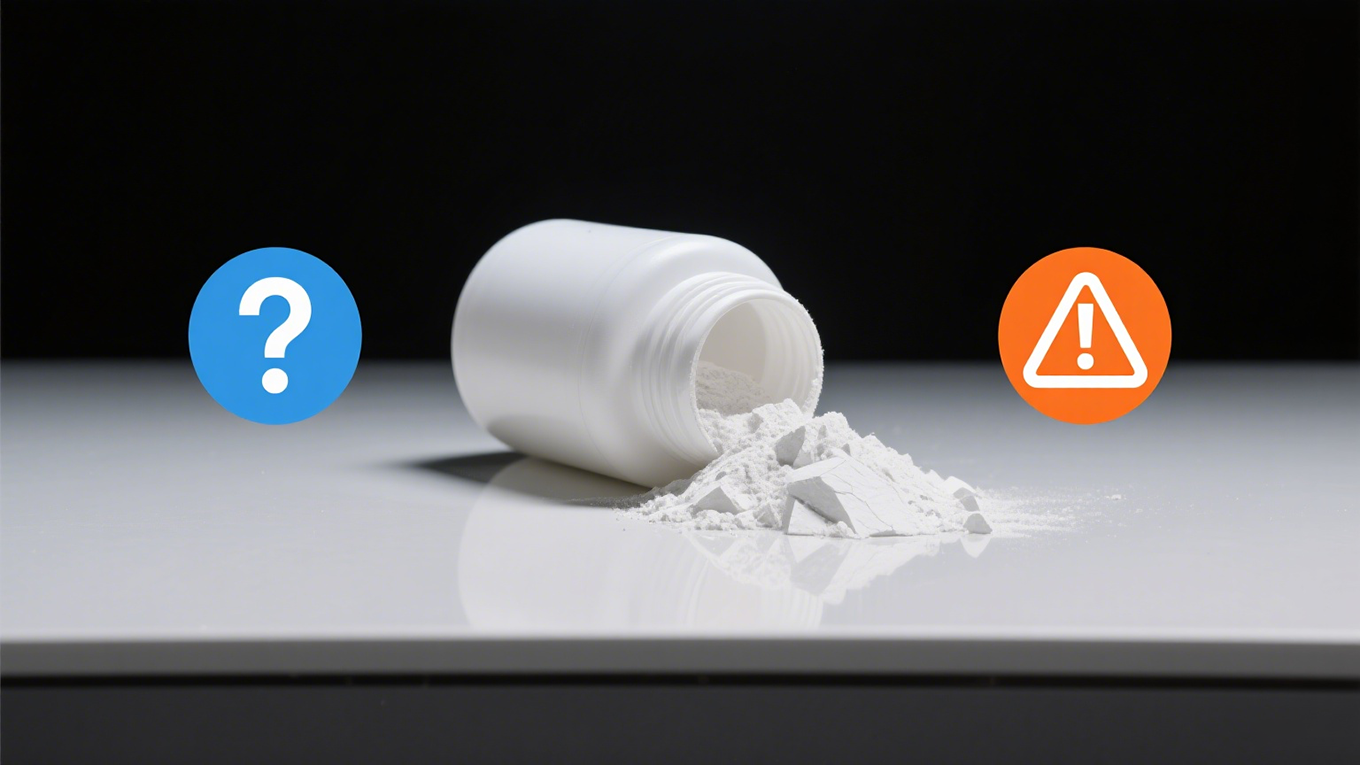In the ever-evolving cosmetic industry, packaging plays a crucial role in defining brand identity and influencing consumer decisions. As we look towards 2025, the trends in cosmetic packaging design are shifting towards innovation, sustainability, and sensory appeal. This article delves into the latest trends and insights that are set to shape the future of cosmetic packaging, focusing on innovative materials, sensory textures, and sustainable practices.
The Importance of Cosmetic Packaging
Cosmetic packaging is more than just a container for beauty products; it is a powerful tool for brand expression and consumer engagement. According to industry reports, the global cosmetics packaging market is projected to reach approximately $40 billion by 2028, driven by rising consumer demand and technological advancements. Packaging not only ensures product safety and functionality but also reflects brand values and identity.
Key Cosmetic Packaging Trends for 2025
1. Sustainable and Eco-Friendly Packaging
Sustainability is no longer just a trend; it has become a necessity in the cosmetic industry. Consumers are increasingly prioritizing eco-friendly products, prompting brands to adopt sustainable packaging solutions. This includes the use of biodegradable materials, recyclable packaging, and reduced plastic usage. Brands like Dove and Sephora are leading the way with innovative eco-friendly packaging initiatives, such as refillable deodorant sticks and recycled packaging materials.
2. Innovative Materials and Sensory Textures
The use of innovative materials and sensory textures is gaining momentum in cosmetic packaging design. Brands are exploring materials that offer tactile experiences, such as velvety finishes and metallic accents. These sensory elements enhance the consumer experience and create a stronger emotional connection with the product. Chanel's use of recycled aluminum in mascara packaging is a prime example of combining sustainability with sensory appeal.
3. Minimalist and Clean Design
The "less is more" philosophy continues to influence cosmetic packaging design. Minimalist packaging with clean lines and neutral colors conveys elegance and sophistication. Brands like The Ordinary have embraced this trend, focusing on simplicity and clarity in their packaging design. This approach not only enhances product transparency but also builds consumer trust by highlighting the quality and effectiveness of the ingredients.
4. Customization and Personalization
Customization is becoming a significant trend in the cosmetic packaging industry. Personalized packaging allows brands to connect with consumers on a deeper level and stand out from the competition. By incorporating unique design elements and branding, companies can create a more engaging and memorable experience for their customers. MAC Cosmetics' collaboration with makeup artists from different countries is an excellent example of successful global customized packaging initiatives.
5. Technological Integration and Smart Packaging
The integration of technology in cosmetic packaging is revolutionizing the consumer experience. Smart packaging features, such as NFC tags and QR codes, provide consumers with detailed product information and interactive experiences. Clinique's use of NFC technology in its limited edition products allows consumers to access information by simply bringing their smartphone close to the label, enhancing the overall consumer journey.
6. Luxury and Premium Packaging
Luxury cosmetic packaging focuses on creating a sensory experience that communicates exclusivity and value. High-end finishes, such as metallic and tactile materials, are used to enhance the perceived value of the product. Brands are investing in premium packaging to reinforce their luxury image and appeal to discerning consumers. Dior's airless pump technology is a notable example of functional innovation in luxury packaging.
The Role of Global Policies and Consumer Behavior
Global policies and consumer behavior are shaping the dynamics of the cosmetic packaging industry. Environmental regulations are driving brands to adopt sustainable practices, while consumers are increasingly demanding eco-friendly solutions. Brands that align their packaging strategies with these trends are better positioned to succeed in the global market. Procter & Gamble's proactive approach to regulatory compliance and sustainability highlights the importance of adapting to global policy trends.
Embracing Innovation and Sustainability
As we move into 2025, the cosmetic packaging industry is poised for significant transformation. Brands that embrace innovation, sustainability, and sensory appeal in their packaging design will lead the market and capture the growing demand for beauty products. By understanding global market dynamics and staying ahead of emerging trends, brands can ensure their packaging not only protects and presents their products effectively but also enhances their appeal and contributes to a more sustainable future.
As a brand or product manager in the cosmetic industry, it's essential to stay informed about the latest packaging trends and innovations. Consider how these trends can be integrated into your packaging strategy to enhance brand identity and consumer engagement. Embrace sustainable practices and explore innovative materials to create packaging that resonates with your target audience and aligns with global sustainability goals.



